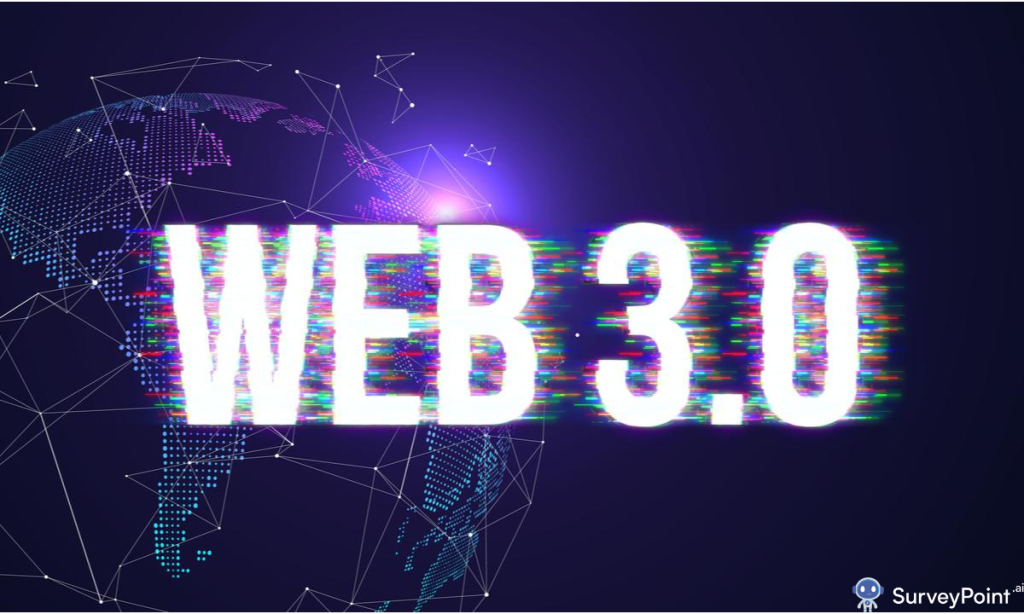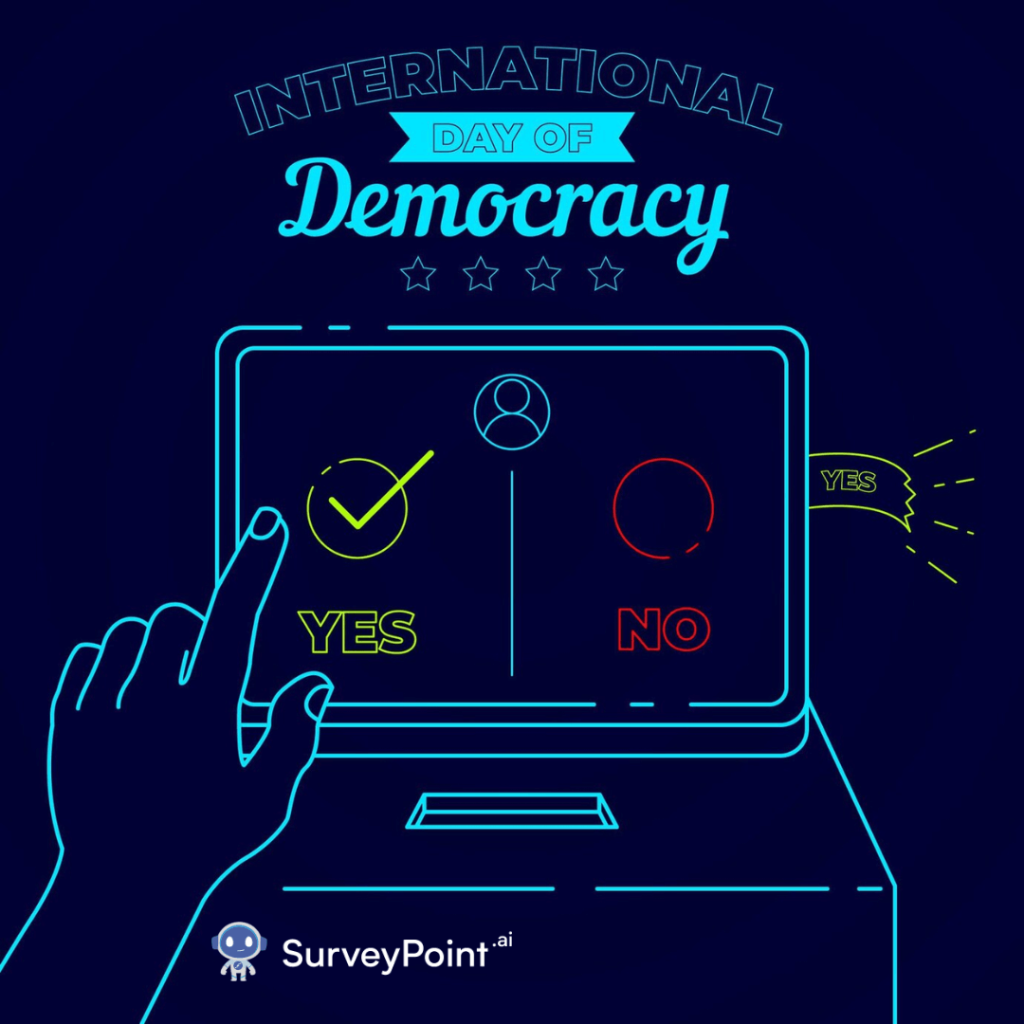
In recent years, a revolutionary concept has been gaining traction in tech circles and beyond — Web3. As the successor to Web2, which brought us social media, e-commerce, and cloud computing, Web3 promises to decentralize the internet, empower users, and reshape digital ecosystems. But what exactly is Web3, and why is it generating so much buzz? Let’s delve into this transformative trend and explore its implications for the future of the internet.
Understanding Web3
At its core, Web3 represents a paradigm shift in how we conceptualize and interact with the internet. Unlike its predecessors, which were largely centralized and controlled by tech giants, Web3 is built on decentralized technologies such as blockchain, cryptocurrencies, and decentralized finance (DeFi). This decentralized infrastructure enables peer-to-peer interactions, eliminates middlemen, and fosters trustless transactions, fundamentally altering the dynamics of online interactions.
Decentralization and Empowerment
One of the defining features of Web3 is its emphasis on decentralization and user empowerment. By leveraging blockchain technology, users gain greater control over their data, digital assets, and online identities. Instead of relying on centralized platforms to store and manage information, users can interact directly with decentralized applications (dApps) and protocols, reclaiming ownership and sovereignty over their digital lives.
Opportunities for Innovation in Web3
Web3 unlocks a wealth of opportunities for innovation across various sectors, from finance and gaming to healthcare and supply chain management. Decentralized finance (DeFi) platforms enable peer-to-peer lending, borrowing, and trading without intermediaries, democratizing access to financial services and creating new avenues for capital formation. Meanwhile, blockchain-based gaming ecosystems offer players true ownership of in-game assets and enable new models of gameplay and monetization.
Challenges and Considerations of Web3
Despite its promise, Web3 also faces significant challenges and considerations. Scalability, interoperability, and user experience remain key technical hurdles that need to be addressed for widespread adoption. Moreover, regulatory uncertainty, security vulnerabilities, and the potential for misuse underscore the importance of responsible innovation and governance in the Web3 space. As the ecosystem matures, stakeholders must collaborate to navigate these challenges and build a sustainable and inclusive Web3.
Conclusion
As we chart the course towards a decentralized future, collaboration and community will be essential. Web3 represents a collective effort to democratize the internet, empower individuals, and create a more equitable and resilient digital infrastructure. By embracing the principles of decentralization, transparency, and inclusivity, we can harness the transformative potential of Web3 to build a better internet for all.
In conclusion, Web3 heralds a new era of possibility and empowerment in the digital realm. As we embrace decentralized technologies and explore their potential applications, we have the opportunity to shape a more open, transparent, and user-centric internet. By working together to overcome challenges and seize opportunities, we can realize the vision of Web3 and unlock a future where the internet belongs to everyone. For more information checkout- surveypoint.ai




